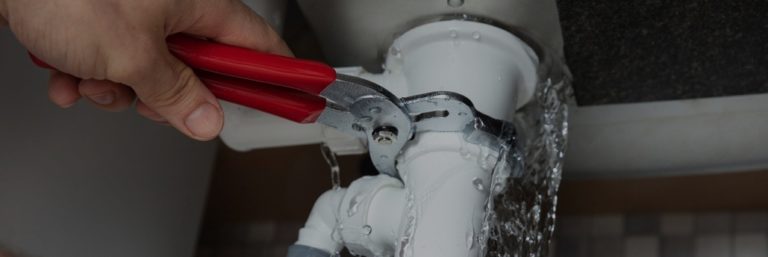Just how do you actually feel on the subject of Leaking water lines?

Early discovery of leaking water lines can minimize a possible catastrophe. Some small water leaks may not be noticeable.
1. Take A Look At the Water Meter
Every residence has a water meter. Checking it is a guaranteed way that assists you find leakages. For starters, turn off all the water resources. Make sure no one will purge, use the faucet, shower, run the washing maker or dishwashing machine. From there, go to the meter as well as watch if it will change. Since no person is using it, there ought to be no motions. If it relocates, that suggests a fast-moving leakage. Similarly, if you identify no changes, wait a hr or 2 and also check back once again. This means you may have a slow-moving leakage that can even be underground.
2. Check Water Consumption
If you identify abrupt modifications, regardless of your intake being the exact same, it indicates that you have leakages in your plumbing system. An abrupt spike in your bill indicates a fast-moving leakage.
At the same time, a consistent rise every month, despite having the same habits, reveals you have a slow-moving leakage that's additionally slowly intensifying. Call a plumber to completely inspect your property, particularly if you feel a cozy location on your flooring with piping underneath.
3. Do a Food Coloring Examination
30% comes from toilets when it comes to water intake. Test to see if they are running correctly. Decline specks of food color in the tank and also wait 10 mins. If the color in some way infiltrates your bowl throughout that time without flushing, there's a leak between the container and dish.
4. Asses Exterior Lines
Don't forget to check your exterior water lines as well. Needs to water permeate out of the link, you have a loosened rubber gasket. One small leakage can throw away tons of water and also surge your water costs.
5. Evaluate the scenario as well as inspect
Property owners ought to make it a habit to inspect under the sink counters as well as also inside closets for any kind of bad odor or mold growth. These two red flags show a leakage so timely focus is needed. Doing regular examinations, even bi-annually, can save you from a significant problem.
If you understand your home is currently old, maintain a careful eye on your heaters, tubes, pipes etc. Look for discolorations and weakening as many home appliances and also pipelines have a life span. They will additionally naturally weaken as a result of wear and tear. If you believe dripping water lines in your plumbing system, do not wait on it to escalate. Call a professional plumber right away so you do not end up with an awful mess in your home.
Early detection of dripping water lines can reduce a possible disaster. Some small water leaks may not be noticeable. Inspecting it is a surefire way that assists you find leaks. One tiny leakage can throw away bunches of water and also surge your water costs.
If you think leaking water lines in your plumbing system, don't wait for it to escalate.
WARNING SIGNS OF WATER LEAKAGE BEHIND THE WALL
PERSISTENT MUSTY ODORS
As water slowly drips from a leaky pipe inside the wall, flooring and sheetrock stay damp and develop an odor similar to wet cardboard. It generates a musty smell that can help you find hidden leaks.
MOLD IN UNUSUAL AREAS
Mold usually grows in wet areas like kitchens, baths and laundry rooms. If you spot the stuff on walls or baseboards in other rooms of the house, it’s a good indicator of undetected water leaks.
STAINS THAT GROW
When mold thrives around a leaky pipe, it sometimes takes hold on the inside surface of the affected wall. A growing stain on otherwise clean sheetrock is often your sign of a hidden plumbing problem.
PEELING OR BUBBLING WALLPAPER / PAINT
This clue is easy to miss in rooms that don’t get much use. When you see wallpaper separating along seams or paint bubbling or flaking off the wall, blame sheetrock that stays wet because of an undetected leak.
BUCKLED CEILINGS AND STAINED FLOORS
If ceilings or floors in bathrooms, kitchens or laundry areas develop structural problems, don’t rule out constant damp inside the walls. Wet sheetrock can affect adjacent framing, flooring and ceilings.
https://www.servicemasterbyzaba.com/blog/how-to-detect-water-leakage-in-walls/

We hope you enjoyed reading our section on Finding hidden leaks. Thank you for taking time to read through our posting. For those who appreciated our post kindly make sure you remember to pass it around. Thanks for going through it.
Visit Our Website